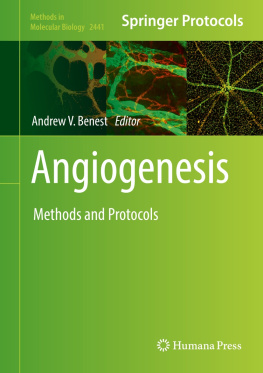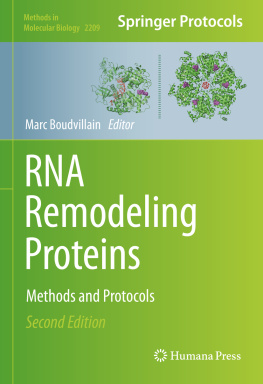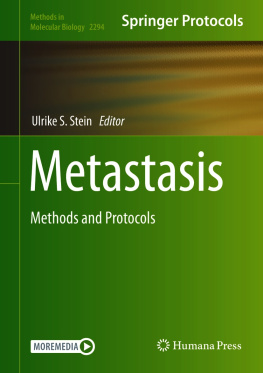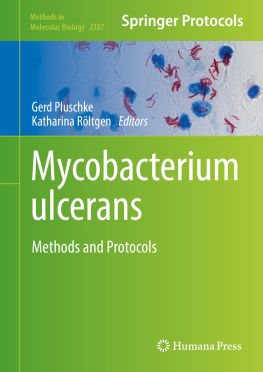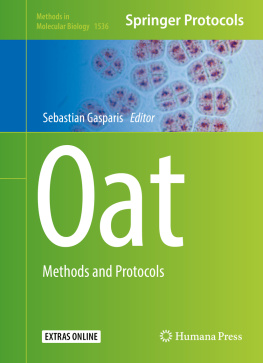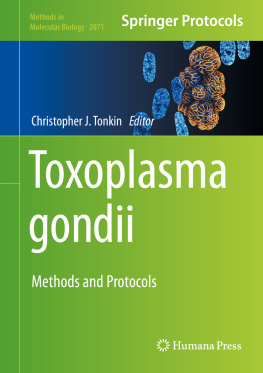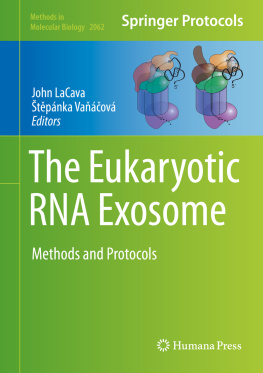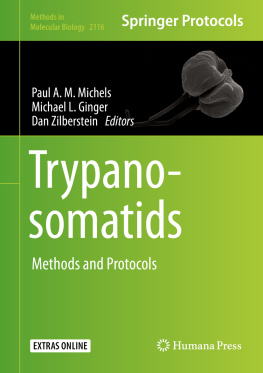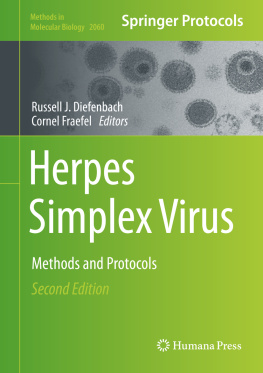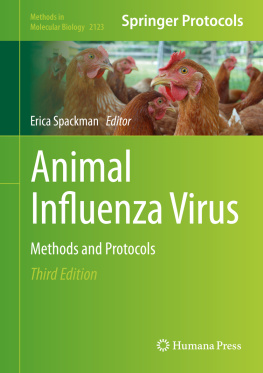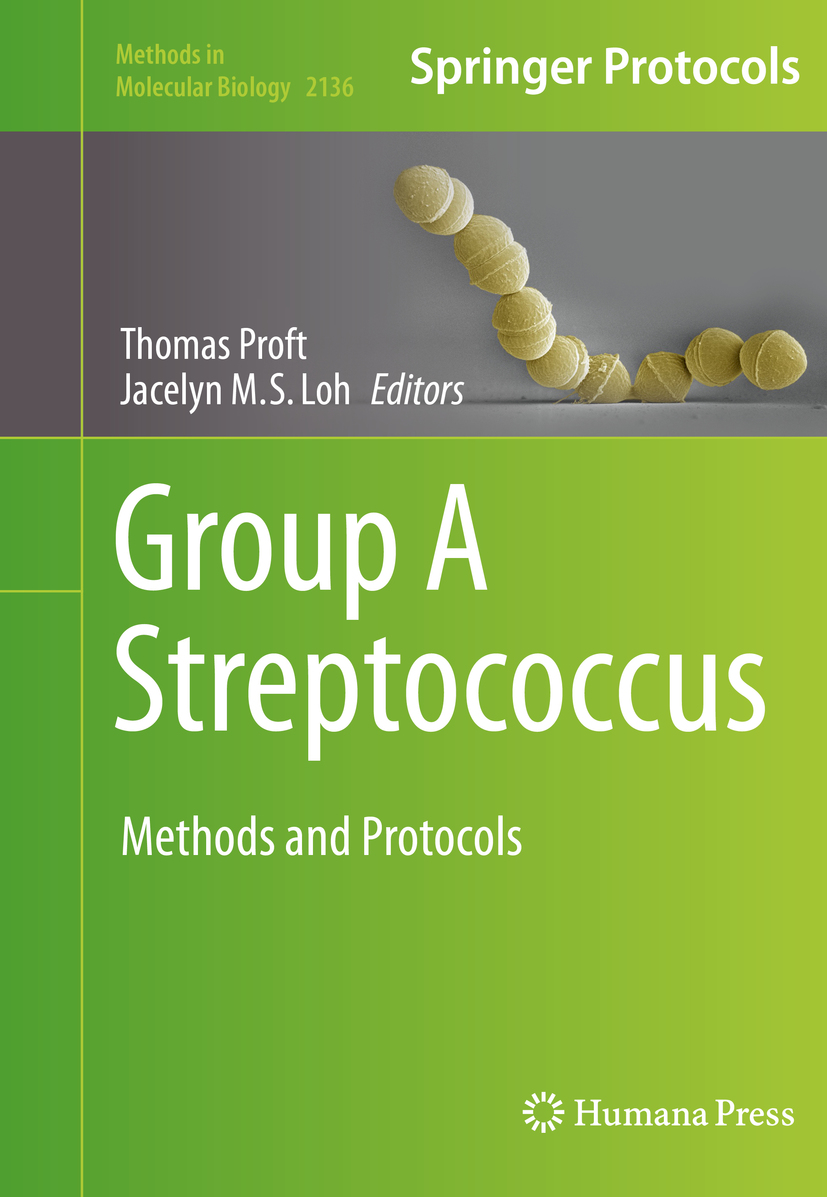Volume 2136
Methods in Molecular Biology
Series Editor
John M. Walker
School of Life and Medical Sciences, University of Hertfordshire, Hatfield, Hertfordshire, UK
For further volumes: http://www.springer.com/series/7651 For over 35 years, biological scientists have come to rely on the research protocols and methodologies in the critically acclaimed Methods in Molecular Biology series. The series was the first to introduce the step-by-step protocols approach that has become the standard in all biomedical protocol publishing. Each protocol is provided in readily-reproducible step-by step fashion, opening with an introductory overview, a list of the materials and reagents needed to complete the experiment, and followed by a detailed procedure that is supported with a helpful notes section offering tips and tricks of the trade as well as troubleshooting advice. These hallmark features were introduced by series editor Dr. John Walker and constitute the key ingredient in each and every volume of the Methods in Molecular Biology series. Tested and trusted, comprehensive and reliable, all protocols from the series are indexed in PubMed.
For over 35 years, biological scientists have come to rely on the research protocols and methodologies in the critically acclaimedMethods in Molecular Biologyseries. The series was the first to introduce the step-by-step protocols approach that has become the standard in all biomedical protocol publishing. Each protocol is provided in readily-reproducible step-by-step fashion, opening with an introductory overview, a list of the materials and reagents needed to complete the experiment, and followed by a detailed procedure that is supported with a helpful notes section offering tips and tricks of the trade as well as troubleshooting advice. These hallmark features were introduced by series editor Dr. John Walker and constitute the key ingredient in each and every volume of theMethods in Molecular Biologyseries. Tested and trusted, comprehensive and reliable, all protocols from the series are indexed in PubMed.
Editors
Thomas Proft and Jacelyn M. S. Loh
Group A Streptococcus
Methods and Protocols
Editors
Thomas Proft
School of Medical Sciences, The University of Auckland, Auckland, New Zealand
Jacelyn M. S. Loh
School of Medical Sciences, The University of Auckland, Auckland, New Zealand
ISSN 1064-3745 e-ISSN 1940-6029
Methods in Molecular Biology
ISBN 978-1-0716-0466-3 e-ISBN 978-1-0716-0467-0
https://doi.org/10.1007/978-1-0716-0467-0
Springer Science+Business Media, LLC, part of Springer Nature 2020
This work is subject to copyright. All rights are reserved by the Publisher, whether the whole or part of the material is concerned, specifically the rights of translation, reprinting, reuse of illustrations, recitation, broadcasting, reproduction on microfilms or in any other physical way, and transmission or information storage and retrieval, electronic adaptation, computer software, or by similar or dissimilar methodology now known or hereafter developed.
The use of general descriptive names, registered names, trademarks, service marks, etc. in this publication does not imply, even in the absence of a specific statement, that such names are exempt from the relevant protective laws and regulations and therefore free for general use.
The publisher, the authors and the editors are safe to assume that the advice and information in this book are believed to be true and accurate at the date of publication. Neither the publisher nor the authors or the editors give a warranty, express or implied, with respect to the material contained herein or for any errors or omissions that may have been made. The publisher remains neutral with regard to jurisdictional claims in published maps and institutional affiliations.
Cover illustration: A scanning electron microscope (SEM) image of Group A Streptococcus provided by Dr. Shaun Lee (Image credit: Kai & Dustin Higashi).
This Humana imprint is published by the registered company Springer Science+Business Media, LLC, part of Springer Nature.
The registered company address is: 1 New York Plaza, New York, NY 10004, U.S.A.
Preface
Group A Streptococcus (GAS;Streptococcus pyogenes) is a human pathogen that causes a wide range of diseases that include soft tissue infections, pharyngitis, tonsillitis, cellulitis, necrotizing fasciitis (flesh-eating disease), and toxic shock syndrome. The most common GAS disease in high-income countries is pharyngitis (strep throat) affecting 813% of children aged 512 years old. Impetigo (school sores, pyoderma ) is more common in tropical climates such as the Northern Territory of Australia and in low resource settings affecting about 19% of 09 year olds and 10% of 1014 year olds. These common diseases if left untreated in susceptible children can result in the autoimmune sequelae acute rheumatic fever (ARF) and eventually rheumatic heart disease (RHD). These diseases carry significant morbidity and mortality globally, with an estimated incidence of 1620 million cases/year.
GAS produces a wide range of virulence factors , which are involved in the interaction with the host. The presence of genes encoding particular virulence factors can be the predictor of virulence and invasiveness. More recently, several GAS virulence factors were investigated as potential targets for the development of a GAS vaccine . These include M protein , T-antigen (pilusbackbone protein), streptolysin O, SpyCEP , and C5a peptidase.
This edition of the Methods in Molecular Biology series provides the reader with an extensive collection of both classic and recent state-of-the-art protocols for GAS research.
The 30 chapters of this book are written by an international panel of experts in GAS research from the United States, Chile, Mexico, United Kingdom, Belgium, Germany, Poland, Russia, Japan, Australia, and New Zealand.
Part I includes methods for the detection of GAS virulence factor genes (including superantigen genes), a recently developedemm- typing system (emm-cluster typing), methods for bioluminescence labeling of GAS, and novel methods for genetic manipulation.
Part II of the book describes protocols for GAS omics, including genomics (whole genome sequence analysis, WGSA), transcriptomics, proteomics, and glycomics (glycan microarray analysis). The nine chapters in Part III describe methods for the study of GAS virulence factors, including the expression and purification of recombinant collagen-like proteins and fibronectin-binding proteins , and the expression of cell wall-anchored GAS proteins on the surface of the surrogate bacteriumLactococcus lactis. This part of the book also includes protocols to investigate GAS biofilm formation, GAS interaction with macrophages, and the detection of the bacteria in GAS-containing autophagosome-like vacuoles (GcAVs) , which form after GAS escape into the cytoplasm following internalization through endocytosis. Other chapters in this section provide protocols to analyze the hemolytic effect of streptolysin S (SLS) on erythrocytes and the isolation of GAS-specific monoclonal antibodies from phage libraries.


